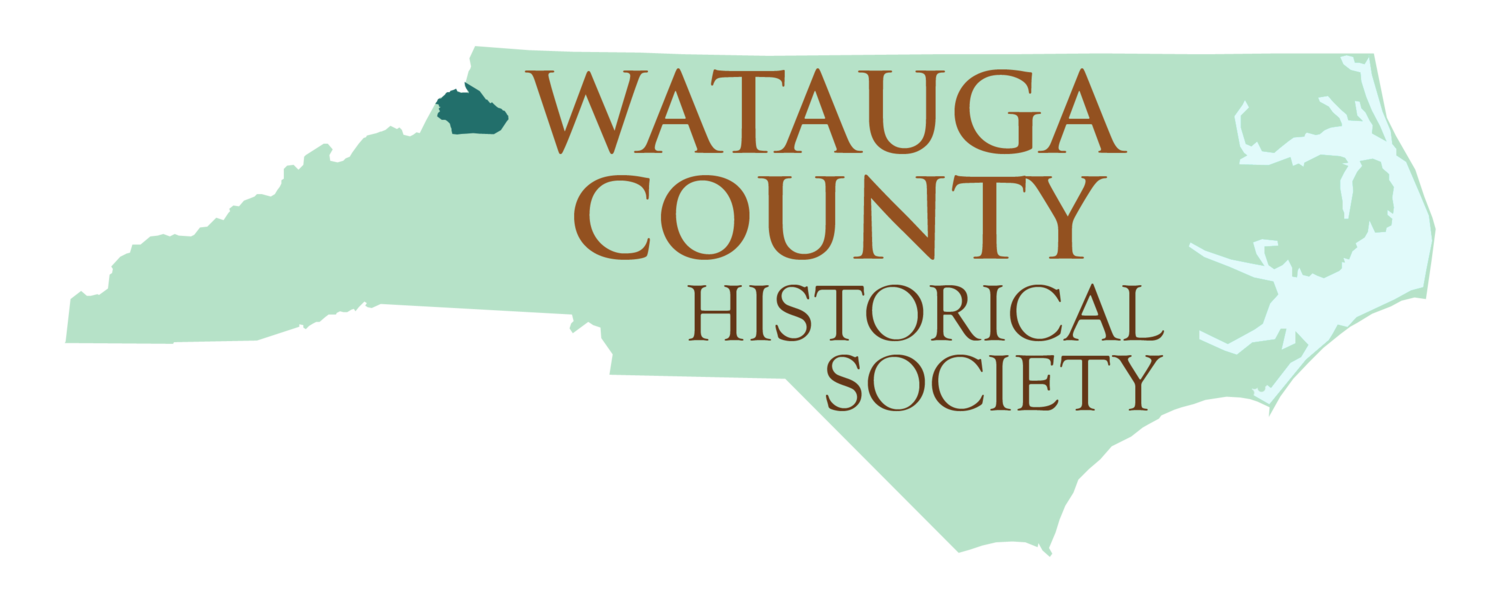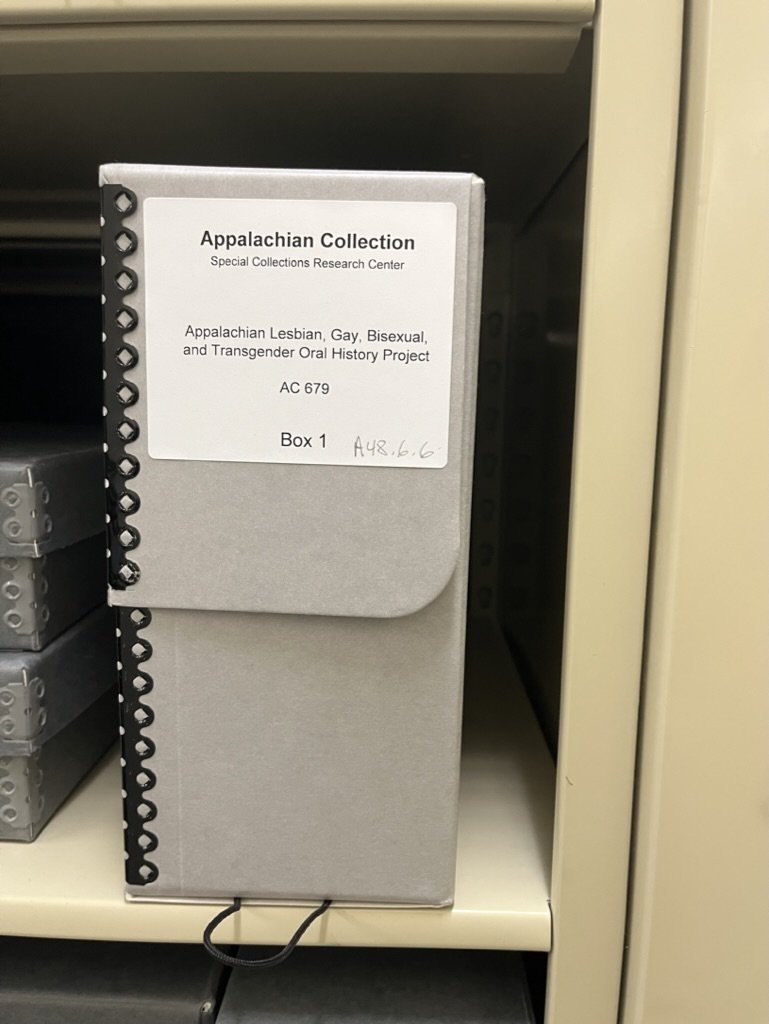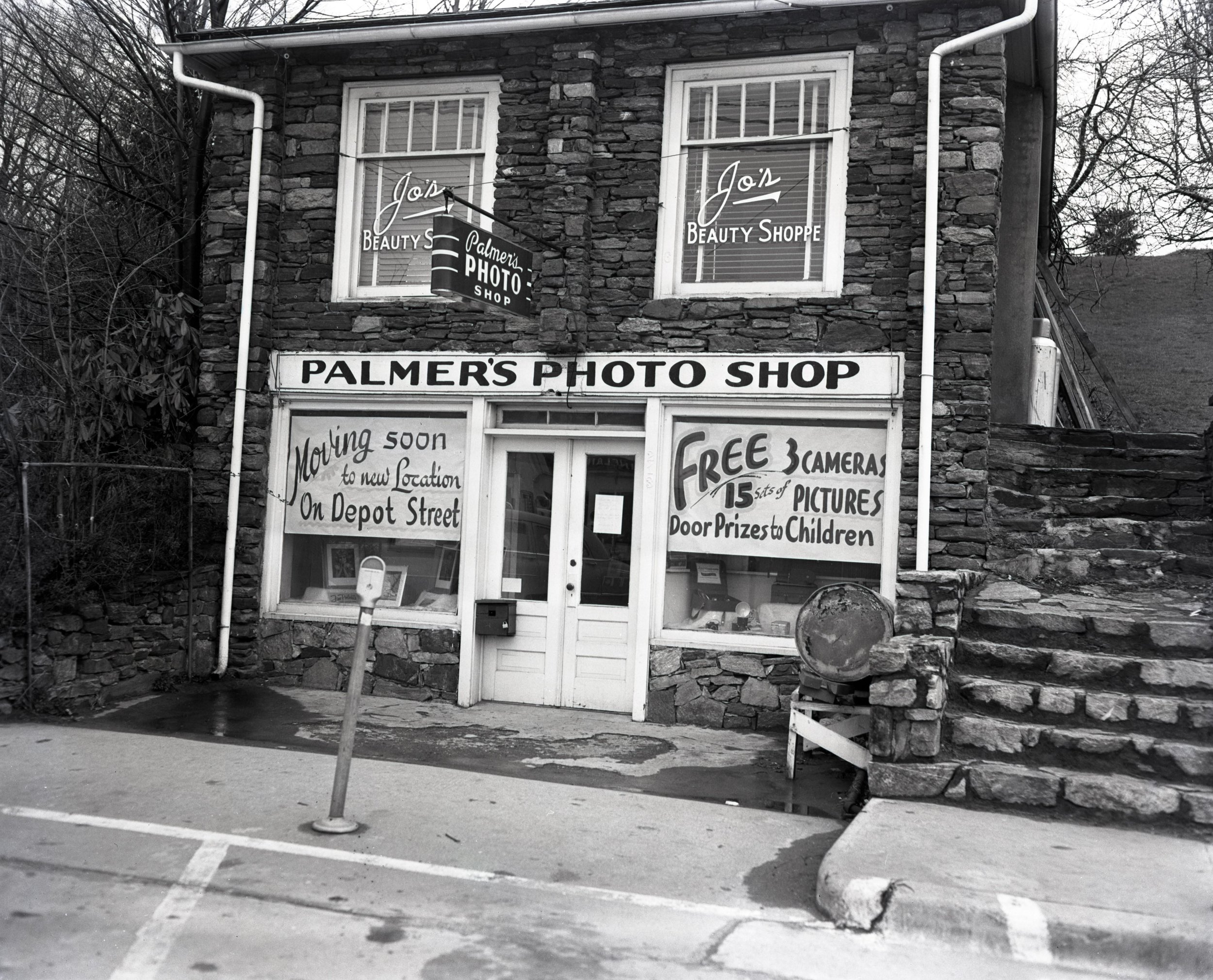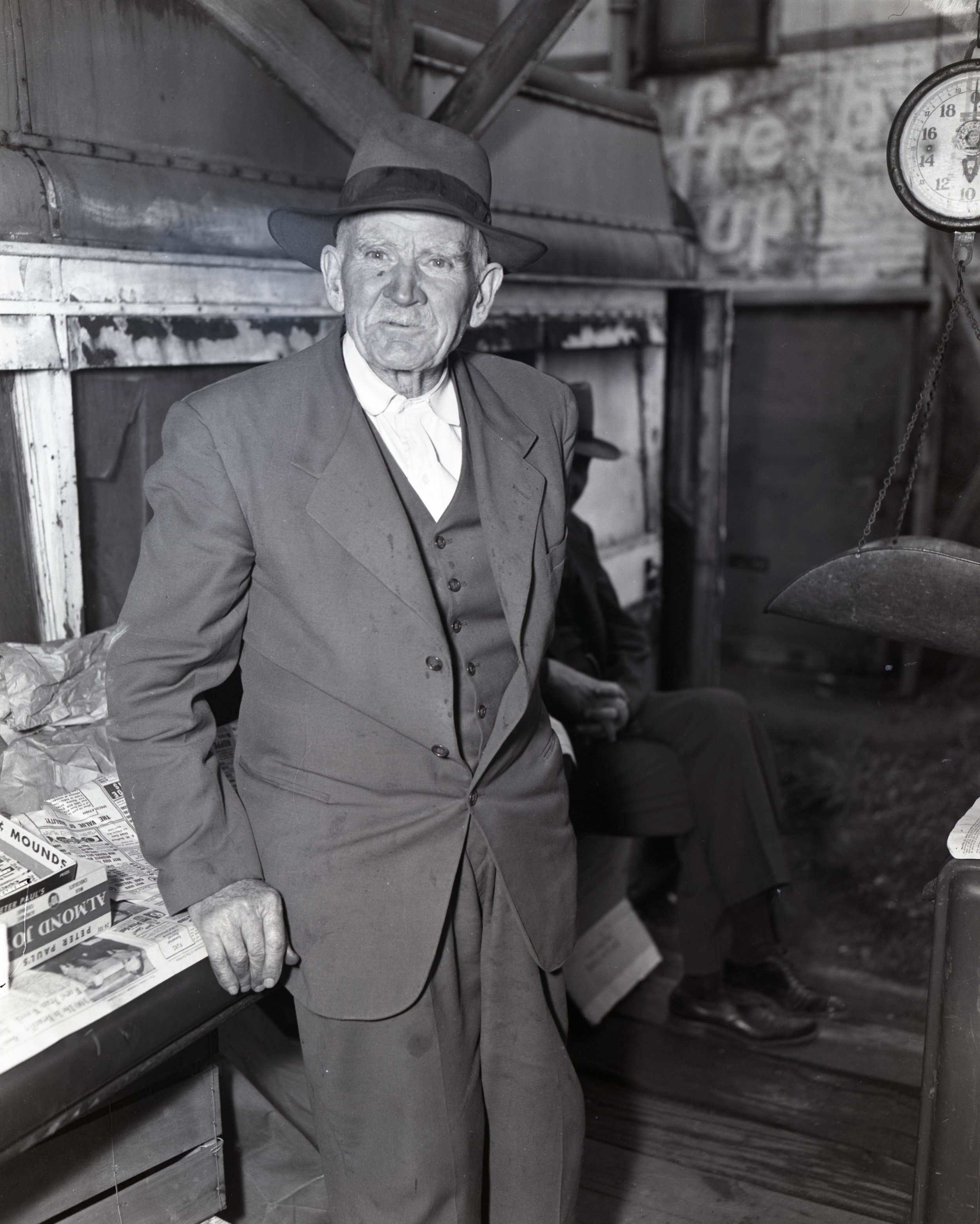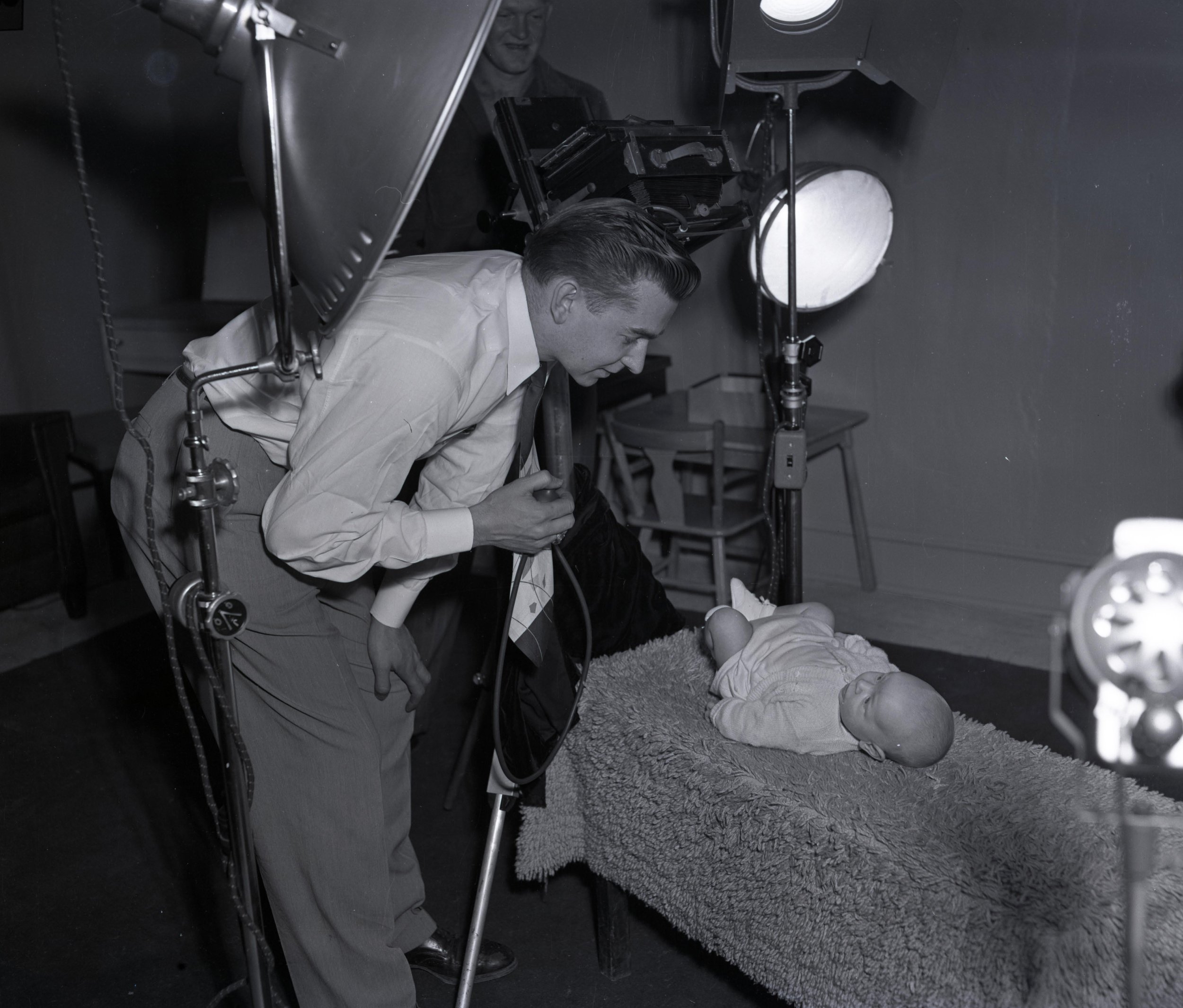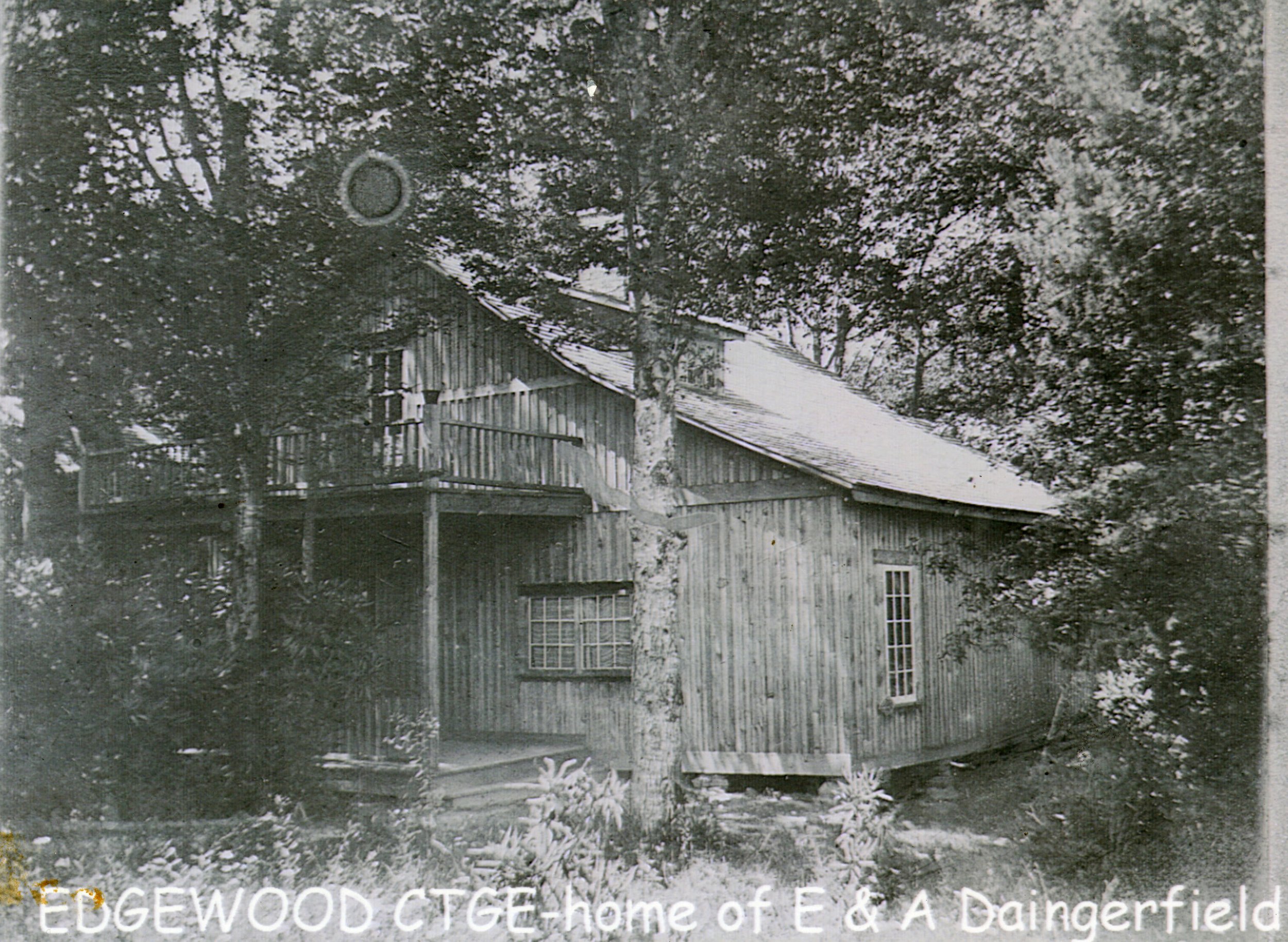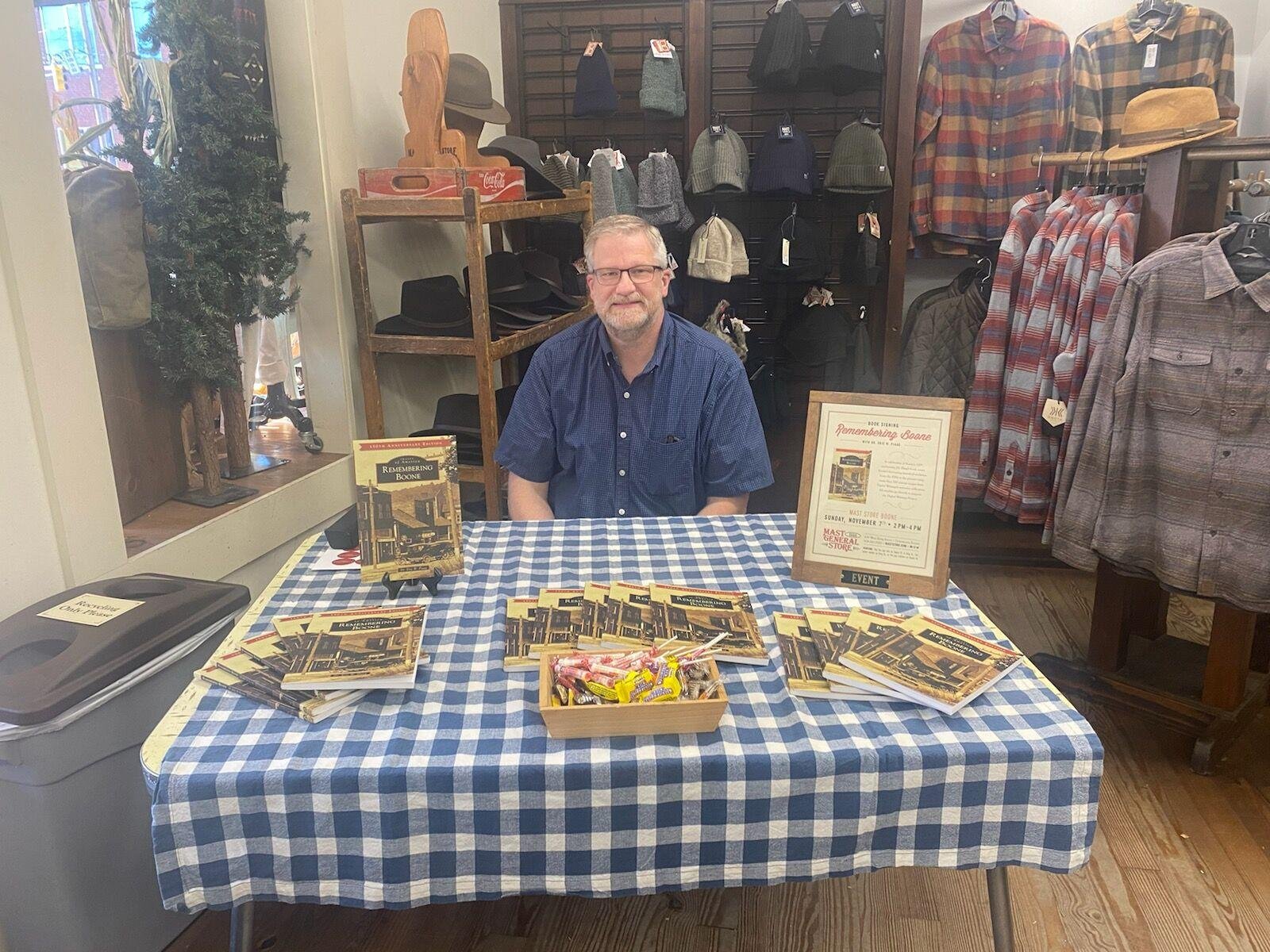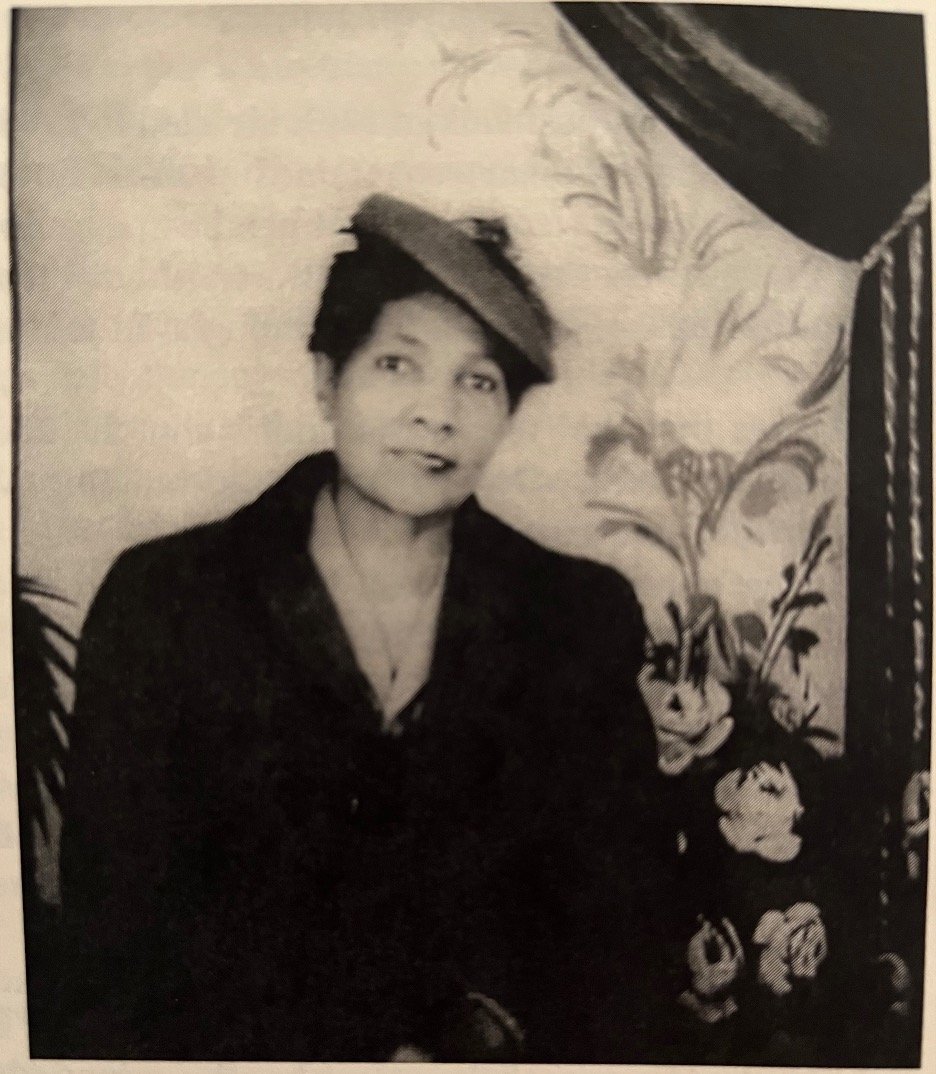Ralph Lentz, II, and Eric Plaag
December 11, 2025
The Watauga County Historical Society (WCHS) continues to expand its roster of Hall of Fame inductees for the year 2025, building on an initiative started in 2022 as part of Boone’s 150th anniversary celebrations. WCHS is delighted to announce that Loretta Carolyn Guy Clawson (b. 1944) has been selected as the second of its two inductees for 2025.
An eighth-generation resident of the High Country born in the Old Beech Mountain community to Enoch and Viola Ward Guy, Loretta attended Beech Mountain Elementary School before enduring daily school bus rides, one hour each way, to complete her secondary education at Cranberry High School. The year before starting high school, she met her future husband, L. D. Clawson, when he was visiting from Poga, Tennessee, as part of a church function. Loretta graduated high school in 1963, and she and L. D. married in 1964. After a brief stint in Lexington, NC, they moved to Boone in 1966, where they raised their two children—Larry Dean and Sheri Lea—and still live today.
Loretta began her working career in Boone as a sewing room supervisor at the Shadowline factory, worked briefly for Ray’s King Burgers, then took a job in the Clerk of Superior Court’s office as assistant clerk for four years. As a result of the relationships built in this position, including campaign work for then-Clerk of Court John T. Bingham, Loretta realigned her political allegiances with the Democratic Party, starting a decades-long commitment to party volunteer work and leadership. During this time she also completed some college work and earned a real estate broker license. In 1981, she took a job working for 20 years at the North Carolina Department of Transportation as an administrative assistant for the Watauga County Bridge Department.
In 1997, Loretta was elected to the Boone Town Council, where she served until 2005, when she was elected as Boone’s second woman mayor. She served as mayor until 2013, retired for a year and half, then returned to the Boone Town Council, where she was re-elected to another term and served as mayor pro tempore until her final retirement from politics in 2021. During her political career, she served on several town boards, including the town’s Community Appearance Commission, the Tree Board, and the Historic Preservation Commission.
As Mayor, Loretta worked with the chairwoman of Boone’s Historic Preservation Committee, Bettie Bond, to enable the Town to purchase and successfully preserve the historic Downtown Boone US Post Office on King Street. In 2011, she also advocated for the Town’s purchase of the Appalachian Theater, which was later sold to the non-profit Appalachian Theatre of the High Country organization that has restored it and made it the gem of Downtown Boone. Loretta also proposed the resolution for Doc Watson History Day in the Town of Boone. Loretta counts her strong support for steep slope and viewshed regulations as two of her most important, long-term legislative accomplishments on behalf of the community. She was also instrumental in securing neighborhood protections and passage of the 2030 Comprehensive Plan during her tenure in office.
In addition, as Mayor, Loretta established the water-conservation slogan “Every Drop Counts,” and created the “Mayor’s Tree Fund,” which facilitated the Town of Boone being named a “Tree City USA.” She traveled to Washington, DC, and Raleigh to advocate for a new water-intake system to prevent the town from running out of water. In 2010, Loretta received a letter from First Lady Michelle Obama congratulating Boone for being designated a “Preserve America Community.” In 2012, NC Secretary of State Elaine Marshall came to Boone to induct Loretta into the Order of the Long Leaf Pine, since 1963 North Carolina’s highest civilian award.
Since coming to Boone, Loretta has also been a supporter of the Southern Appalachian Historical Association, the production foundation behind Horn in the West, one of North Carolina’s longest-running outdoor historic dramas. She currently serves as an at large member of SAHA’s board of directors. Loretta also continues to actively participate in Boone and Watauga County’s preservation of its rich history, serving on the Cultural Resources Board for the Town of Boone and as a proud member of the Daniel Boone Chapter of the Daughters of the American Revolution. When asked about the inspiration behind her years of public service to her town, county, and state, she replied, “The people needed a voice.”
In light of Loretta Guy Clawson’s remarkable role in shaping the community and political landscape of Boone and Watauga County during her lifetime, including her staunch advocacy for the preservation of Boone’s natural environment and rich local history, we are delighted to honor her with a well-earned spot in WCHS’s Hall of Fame for 2025.
The WCHS Hall of Fame honors individuals, either living or dead, who have made significant and lasting contributions to Watauga County’s history and/or literature, including those whose efforts have been essential to the preservation of Watauga County’s history and/or literature. Honorees need not have been residents of Watauga County. The WCHS is particularly interested in honoring individuals who meet the above criteria but who may have been overlooked in traditional accounts of Watauga County’s history and literature, including women and people of color. Selections for this year's class were made from nominations submitted by members of the Digital Watauga Project Committee (DWPC) of the WCHS as well as the public.
WCHS Announces Loretta Guy Clawson as 2025 Inductee to WCHS Hall of Fame
Loretta Guy Clawson, image courtesy of the Town of Boone.
